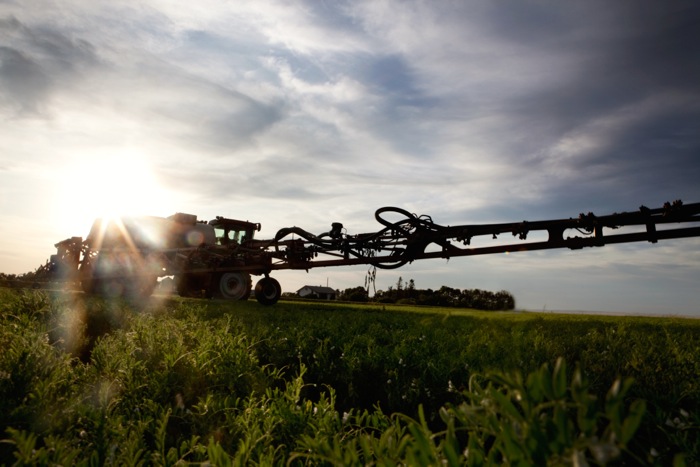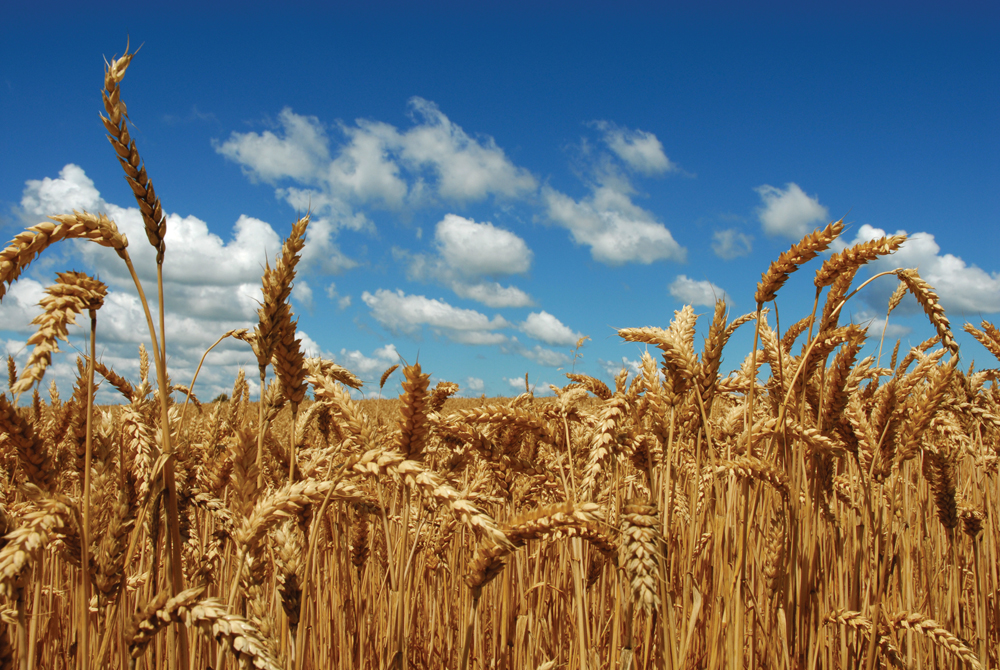Producers in the FarmTech conference room looked crestfallen after David Jackson told them the global oilseed market is tied to petroleum — and that oil prices will remain low for a long time.
“A lot of it is out of your control,” said the British economist and director of oilseeds at LMC International, a global consulting firm. “All you can do is move your place within the cage, and move canola within it.”
Biofuels have been driving grain and oilseed prices for more than a decade, he said.
Read Also

Hail research hopes to benefit potato growers
Alberta research scientist measures hail storm and heat dome affects on potato crops
“We couldn’t grow quick enough — yields couldn’t keep pace with that acceleration, so we needed more land,” said Jackson. “In corn’s case, 50 million acres more land, which affected the price… Basically, we just added another third to our demand and changed agriculture.”
That’s now proving to be a double-edged sword, he added.
“We’ve expanded our cropland so much because of the demand for biofuels. So now we need those biofuels to take on this surplus. We’ve expanded our farmland for biofuels, and now we need it to mop up the surplus. That’s why the price has to follow.”
And that means crops need to be attractively priced for the biofuel industry, he said.
“If crops get too far above petroleum, then they don’t turn into biofuels and they cap production for a bit.”
But biofuel demand has slowed in Europe and is flat in the U.S.
“Prices are coming down, and that tells me it’s enough,” he said. “That tells me that the signal is to stop expanding and we have enough land to satisfy demand.”
From 2002 to 2013, producers added nearly 200 million acres of farmland around the world, he said.
But Jackson was more hopeful on another front — China has greatly increased its consumption of meat. Fifteen years ago, China used to export 16 million tonnes of corn a year, but it now imports eight million tonnes.
“That’s a 25-million-tonne corn swing, which is enough to change the whole world corn price, which changes the world soybean and canola price,” he said.
It’s been a similarly good-news story for soybeans — Chinese consumption of soybeans is also up sharply and the country now buys 60 per cent of soybean exports.
















